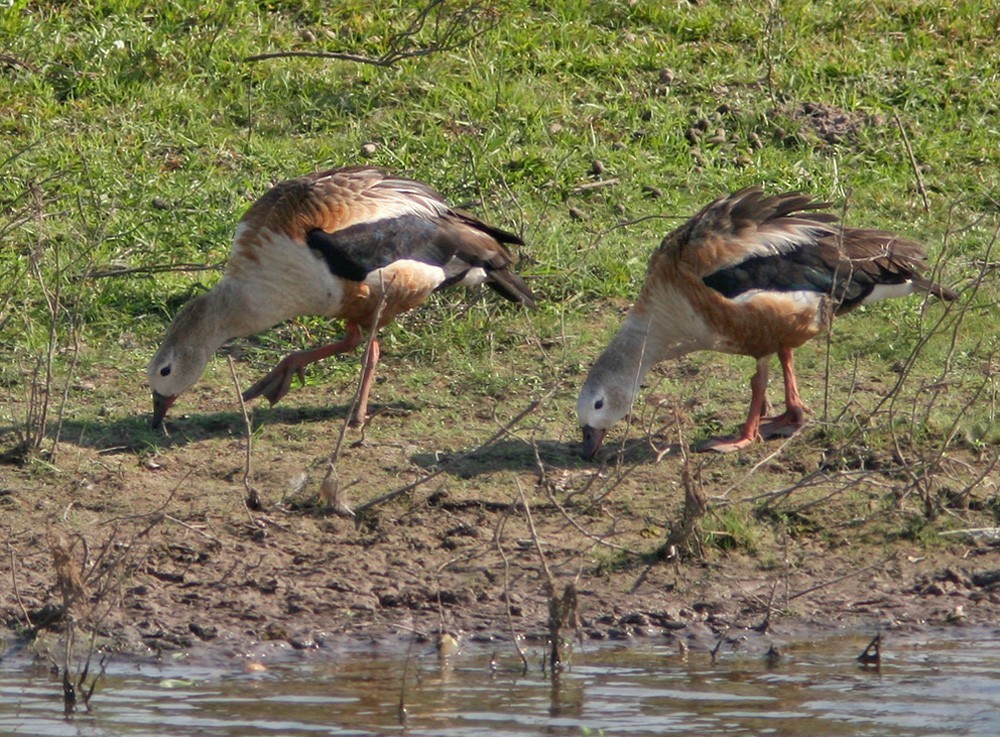Orinoco Goose
A species of Neochen Scientific name : Neochen jubata Genus : Neochen
Orinoco Goose, A species of Neochen
Botanical name: Neochen jubata
Genus: Neochen
Content
Description General Info
 Photo By Lars Petersson
Photo By Lars Petersson Description
The Orinoco goose (Neochen jubata) is a member of the duck, goose and swan family Anatidae. It is in the shelduck subfamily Tadorninae, and placed in the genus Neochen. Three fossil relatives have been described from Pleistocene sites: Neochen pugil from Brazil, Neochen debilis from Argentina and Neochen barbadiana from Barbados. Orinoco geese are 61 to 76 cm (24 to 30 in) long and are resident breeders in the forests of tropical South America. Its preference is forest lakes or marshes with access to open woodland or savanna. The Orinoco goose has escaped or been deliberately released in to Florida, USA, but there is no evidence that the population is breeding and may only persist due to continuing releases or escapes. It has a pale head and neck, chestnut flanks and mantle and blackish wings with a white speculum. The legs are red and the bill is black and pinkish. The sexes of this striking species are identical in plumage, though the males are larger; juveniles have duller plumage than adults. This is a largely terrestrial species, which will also perch readily in trees. It rarely swims or flies unless hard pressed. In flight it looks heavy, more like a goose than a duck, hence the English name. The Orinoco goose is a very territorial species in the breeding season, and usually nests in hollow trees, only occasionally on the ground. The male has a high pitched whistling call, and the female cackles like the related Egyptian goose. 
Size
66 cm
Life Expectancy
10 years (wild), 20 years (captivity)
Nest Placement
Floating
Feeding Habits
Orinoco Goose, an omnivorous bird, grazes on grasses and feeds on aquatic plants and invertebrates. It showcases unique adaptations for foraging like dabbling and prefers feeding in wetlands.
Habitat
Subtropical or tropical moist lowland forest, moist savanna, wetlands, permanent rivers, bogs, marshes, swamps, fens, peatlands
Dite type
Omnivorous